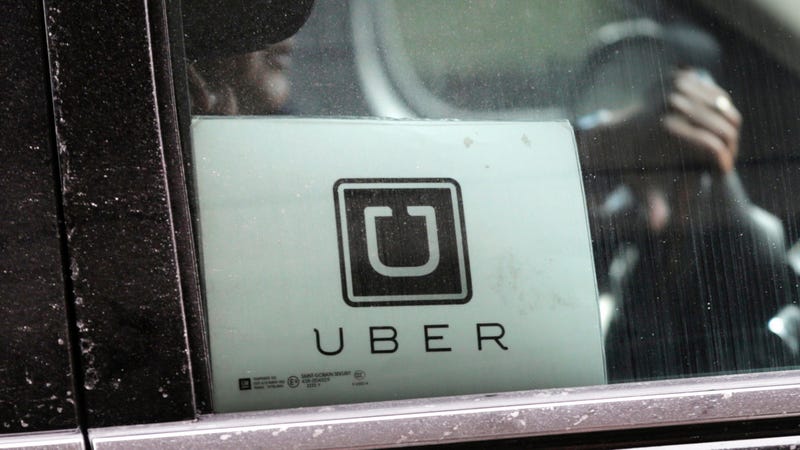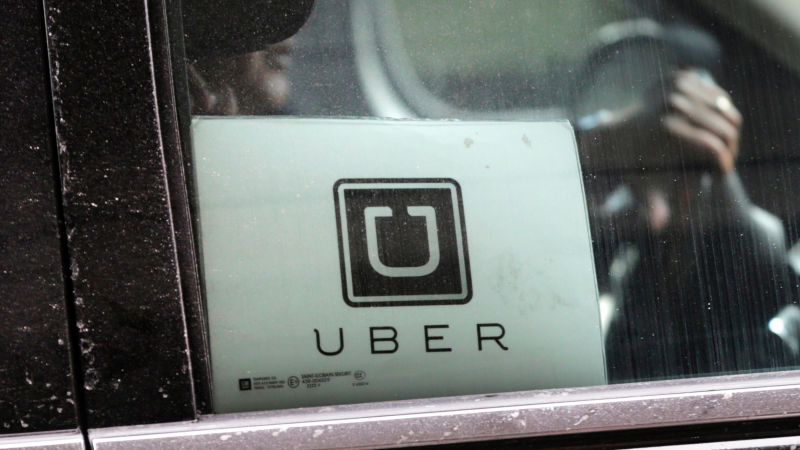
The New Yorker has a very long profile out today on Uber’s CEO, Dara Khosrowshahi, that focuses on his effort to transition the company away from the unseemly culture fostered by its previous leader, Travis Kalanick. Way at the bottom is a mention to this month’s terrible story involving an Uber-owned autonomous car that fatally struck a pedestrian. In response, Khosrowshahi offers up a wild admission that’s really worth considering.
Advertisement
The March 18 crash, which left 49-year-old Elaine Herzberg dead, has sent Uber reeling in a way it wasn’t supposed to under Khosrowshahi. (At least that’s how his leadership style has been portrayed.)
The company’s technology has been reamed by competitors in the industry for having failed to detect Herzberg amid a seemingly very basic task. Uber’s Volvo—operated by a safety driver that was later found in a video to not be watching the road in the moments prior to the crash—slammed into Herzberg at 40 mph as she crossed a road. Police say it doesn’t appear the car slowed down.
The New Yorker notes that Khosrowshahi considered shuttering Uber’s self-driving car program, citing the billions needed in costs. But he decided to keep it operating after talking to Eric Meyhofer, who heads up Uber’s autonomous driving efforts.
Advertisement
From the story:
“If you walk around here—this isn’t five people in a garage building some little robot car,” Meyhofer, who co-founded Carnegie Robotics, at Carnegie Mellon, before joining Uber, told me. “This is all about building autonomous ride-sharing, at scale, as a product. This is our future.” The question now, Meyhofer said, isn’t whether the company can make a self-driving vehicle but whether it can make one quickly and cheaply enough to solve Uber’s revenue problems.
Meyhofer previously told the APthat Uber planned to put autonomous cars without human safety drivers on the road in the same time frame as competitors—only if they’re proven to be safe. (Waymo has fully-driverless cars on the road testing in Phoenix, and plans to deploy the fleet for a new commercial ride-hailing service sometime later this year.)
Advertisement
But The New Yorker story pegs the timeframe as even more aggressive. Khosrowshahi said the company believed it could offer a driverless car service by the end of 2018.
Here’s the relevant section:
When I reached Khosrowshahi by phone shortly afterward, he seemed disheartened, and disarmed by the intense scrutiny that comes with his new job. He told me that the autonomous division had been working toward offering driverless-car service by the end of the year, and that there would inevitably be “bumps and bruises” along the way. “What happened last week was truly tragic,” he said. “We’ve clearly taken a very, very big step back.” He is closely reëxamining Uber’s work in autonomous vehicles.
Advertisement
What that means is still up in the air. But it leaves open the possibility that, were it not for the crash, Uber would’ve deployed driverless cars on the road later this year—cars with technology that some observers in the industry have said doesn’t appear capable of handling a basic task.
“Our thoughts continue to be with Elaine’s loved ones,” an Uber spokesperson said. “Our cars remain grounded, and we’re assisting local, state and federal authorities in any way we can.”
Whether the aggressive timeline is still in place, Uber confirmed the autonomous driving team remains heads down and is assisting authorities with the ongoing investigations.













